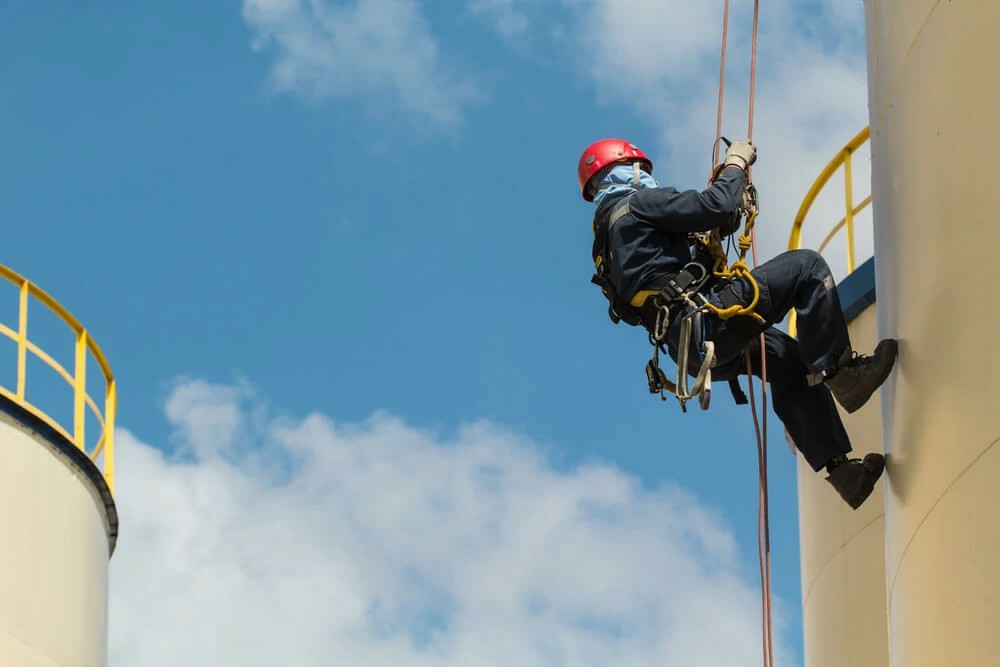


 349,500 Offered Certificates
349,500 Offered Certificates
 24/7 Online Training
24/7 Online Training
 Money Back Guarantee
Money Back Guarantee
 Fully Accredited Courses
Fully Accredited Courses

Created at: 22-02-2025 14:20
Working at heights presents significant risks, making safety gear indispensable for any worker involved in this type of labor. Falls from height are among the leading causes of workplace fatalities, underscoring the need for protective equipment that meets industry standards. In this comprehensive guide, we will delve into the must-have safety gear required for working at heights, how to properly use it, and maintenance tips to keep it in optimal condition.
Every year, thousands of workers face injuries or fatalities due to falls from heights, which is entirely preventable with proper use of safety gear. Employers are legally obligated to provide suitable equipment and training, aligning with safety regulations that dictate necessary safety measures. Here’s a breakdown of essential gear:
Safety harnesses are critical components for preventing falls. They are designed to secure you to a vertical or horizontal anchor point.
Lanyards connect a worker’s harness to an anchor point, providing fall protection.
Anchor points are structural components that provide a secure attachment for harnesses and lanyards.
A safety helmet protects your head from falling objects or accidental bumps.
Proper gloves and non-slip footwear enhance grip and prevent injuries.
Safe operations extend beyond just investing in high-quality safety equipment; it also encompasses proper usage:
To ensure safety gear functions optimally, regular maintenance is crucial:
Familiarizing yourself with local and national safety regulations is key. These laws mandate the use of specific protective gear and outline employer responsibilities. Adhering to these standards not only ensures worker safety but also legal compliance.
Whether you're an employer or an employee, fostering a culture of safety when working at heights is essential. Ensure you are equipped with high-quality safety gear, undergo proper Working at Heights Training, and remain vigilant about maintenance and inspections.
By taking these proactive steps, you enhance the safety of your work environment, reduce the risk of falls, and comply with industry standards.
If you have any questions or need further information about safety equipment and training, please contact us at [email protected].